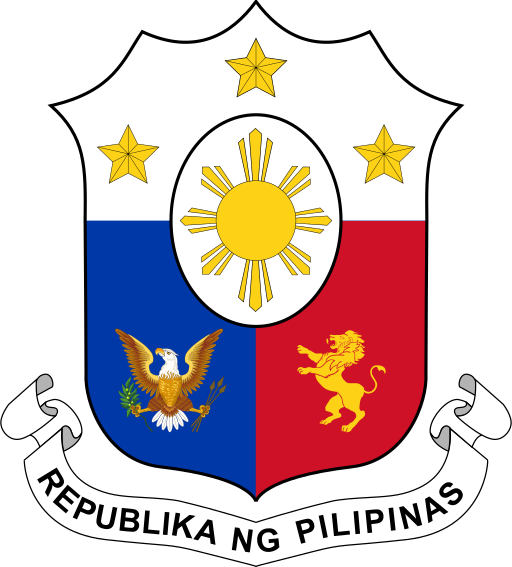Department of Finance Secretary Benjamin Diokno, National Economic and Development Authority Secretary Arsenio Balisacan; and Bangko Sentral ng Pilipinas Governor Felipe Medalla;
Our panel discussants, San Miguel Corporation Chief Finance Officer and Treasurer Ferdinand Constantino, BPI lead economist Emilio Neri Jr., and Security Bank Senior Vice President and Treasurer Orencio Andre Ibarra III;
And the organizers and all the viewers of this event, good morning.
To the officers and members of the Economic Journalists Association of the Philippines, congratulations on the success of your 2022 Economic Forum and thank you for this opportunity to share the Department of Budget and Management’s plans and priorities.
Since I took my oath of office as Budget Secretary before President Ferdinand “Bongbong” Marcos Jr., the Department of Budget and Management has been busy crafting a budget that’s not only responsive to the needs of the time, but also the priorities of the Marcos administration.
It has been quite a challenge, as the unprecedented crisis and myriad challenges beyond anyone’s control have pushed our fiscal space to its limits. But we wasted no time, endeavored to make the most out of our limited fiscal space, and have already presented the administration’s first National Expenditure Program or NEP, amounting 5.268 trillion pesos, to President Marcos Jr. on July 28. And we are now gearing up for its submission to the 19th Congress on Monday, August 22.
Indeed, [Preparing the national budget] was not easy as our gains continue to be undermined by various inflationary pressures and external conflicts. But this only strengthens our resolve to ensure that the government’s programs, activities, and projects will reach every Filipino and improve their quality of life—amid the pandemic, through our recovery, and beyond.
This is why the 2023 National Budget is anchored on the theme, “Agenda for Prosperity: Economic Transformation Towards Inclusivity and Sustainability.”
Our agenda for prosperity focuses on food safety and security, and human capital and infrastructure development, among other priority sectors. It is anchored on the Administration’s overarching goals of creating more quality and green jobs, reducing poverty incidence, promoting digitalization, and achieving an inclusive and resilient economy.
As part of the Economic Managers’ Medium-Term Fiscal Framework, government disbursements will remain above 20.0 percent of GDP on average over the entire plan period. With the Build, Better, More program, infrastructure spending is projected to reach between 5.0 percent of GDP to 6.0 percent of GDP over the next six years. We also expect the deficit to return to the pre-pandemic levels of 3.2 percent of GDP beginning 2027, before closing at 3.0 percent of GDP by 2028.
As for us at the DBM, budget reform remains our top priority. This will allow us to effectively and efficiently lead public expenditure management and ensure the equitable, prudent, transparent, and accountable allocation and use of public funds.
[Bureaucratic Efficiency]
In line with our vision of a lean, efficient, and responsive government workforce, the proposed 2023 National Budget will facilitate the transformation and digitalization of government processes, records, and databases through e-governance. Through digital transformation of the bureaucracy, we can improve the ease of doing business, limit human discretion, and enhance transparency in government transactions.
In pursuit of an agile bureaucracy, we will build on past gains such as Executive Order 170, series of 2022, which mandates the adoption of digital payments for government disbursements and collections.
With its effective implementation and through further digitalization, as well as the proposed National Government Rightsizing Program and Cash-Based Budgeting System, we aim to enhance bureaucratic efficiency to ensure quick and responsive public service delivery to the Filipino people.
Towards this end, we will enhance the existing Government Integrated Financial Management Information Systems or GIFMIS which will:
- significantly improve the cash management of our country’s treasury;
- allow greater financial management;
- improve data governance; and
- enhance oversight control.
An integral part of the GIFMIS is the Budget and Treasury Management System or BTMS which we will fast-track together with the Department of Finance, the Bureau of the Treasury, and the Commission on Audit.
As a web-based, fully-automated, and centralized database, the BTMS shall:
- facilitate the generation of vital information on all aspects of government financial transactions;
- serve as an online ledger where transactions are mapped in real-time from purchase to payment; and
The implementation of the BTMS is a crucial digitalization initiative.
It has already been introduced and pilot-tested in different government agencies and is presently being reviewed for improvement and optimization.
[Cash Budgeting System (CBS)]
Another reform we intend to pursue is the institutionalization of the Cash Budgeting System or CBS through the Budget Modernization Bill, which is a priority legislative measure of the Administration that will strengthen fiscal discipline in government.
The DBM will push for the gradual implementation of the CBS under Executive Order No. 91, series of 2019 to ensure timely and efficient implementation of government programs. It is expected that the CBS will be fully implemented for the whole government by 2025.
The CBS aims to achieve the following:
- Address bottlenecks in obligations, which is expected to lead to on-time implementation and disbursement of the government’s programmed projects.
- Better planning of government agencies leading to higher utilization rates and improved public service delivery
As stated by the President, the CBS will help ensure that every peso budgeted by the government would lead to the actual delivery of programs and projects, especially amid the execution of post-pandemic recovery plans, large infrastructure spending, and increased social safety nets.
[Green Public Procurement (GPP) Roadmap]
To support the Marcos Administration’s goal of ensuring sustainable management and use of natural resources by 2030, the DBM, through the Government Procurement Policy Board, will spearhead the implementation of the Green Public Procurement or GPP Roadmap.
The GPP Roadmap aims to integrate green choices in public procurement and put the government closer to its ultimate goal of ensuring sustainable management and use of natural resources by 2030:
- As such, a GPP Manual is currently being crafted to guide procurement practitioners in embedding green specifications.
- To date, the government has seven Common-use Supplies and Equipment or CSE items with green specifications.
- Further, there has also been an increase in government agencies adopting green specifications in non-CSE items, from 26% in 2018 to 58% in 2020.
This aims to radically transform the Philippine market by integrating green choices in public procurement and with the long-term perspective of achieving sustainable public procurement initiative.
[Other reforms: Forward Estimates and 2-Tier Budgeting Approach]
Just as we are introducing new reforms, we shall likewise strengthen existing ones in our pursuit of sound fiscal management.
The two-tier budgeting approach provides separate discussions and deliberations for ongoing or existing programs and projects which fall under Tier 1. Meanwhile, entirely new spending measures or proposals, including the expansion of those that are ongoing or existing which fall under Tier 2.
The two-tier budgeting approach, therefore:
- Streamlines the budget preparation process by providing a clearer framework in determining the budgetary allocations of ongoing or existing policies and shifting focus on the evaluation of new spending proposals in terms of impact and capacity of agencies to execute them;
- Enhances the accountability of departments or agencies for budget programming and execution of their ongoing and existing programs and projects through greater involvement in the Forward Estimates process and through Cabinet-approval of the ceilings; and
- Engages the President and the Cabinet in setting the strategic direction and distribution of the unallocated fiscal space.
In May this year, we urged our government agencies to revisit and reevaluate their Tier 1 budget proposals to provide additional fiscal space for new public programs and projects under Tier 2.
They were directed to ensure that their budget proposals for both tiers are:
- responsive to the expenditure directions and key sector strategies for 2023;
- implementation-ready;
- reflective of the agency’s absorptive capacity; and
- aligned with the plans and priorities of the administration.
This effort intended to create a national budget that’s not only aligned with our recovery but more importantly with our pursuit of economic transformation toward inclusivity and sustainability. It is inclusive because it adapts to the needs of the 110 million Filipinos around the world. It promotes sustainability because it ensures the long-lasting transformation that are brought about by the administration’s priority projects.
Together with the members of the Economic team, the DBM will remain steadfast in its commitment to prudent and judicial allocation of public funds to ensure that no Filipino is left behind.
Maraming salamat po at mabuhay tayong lahat!

